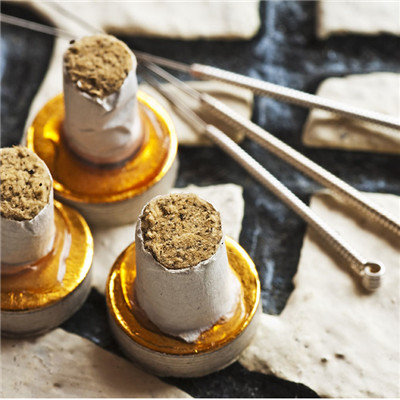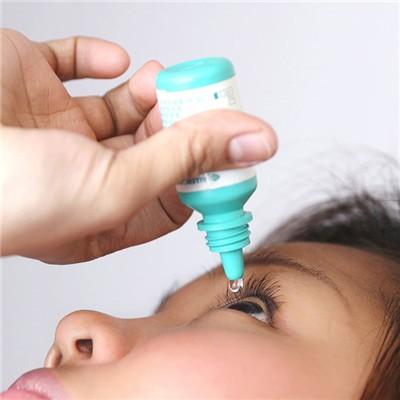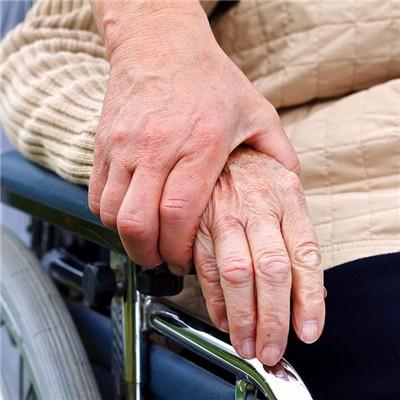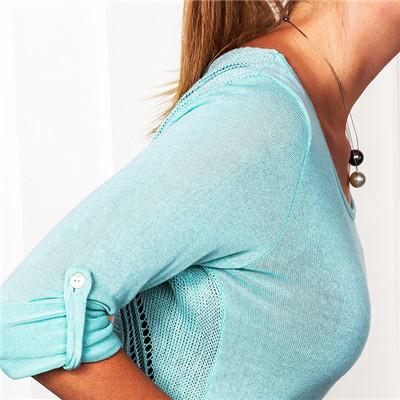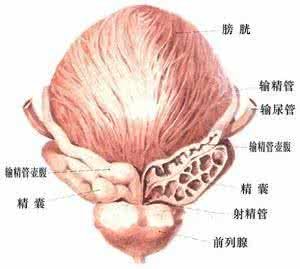How is popliteal tendinitis treated?
summary
The popliteal muscle starts from the lateral side of the lateral condyle of the femur and ends in the triangle area of the posterior tibia. Together with the anterior cruciate ligament, the popliteal muscle prevents the forward displacement of the femur. Downhill running and excessive internal rotation can increase the forward displacement of femur and increase the stress of muscle and tendon. Inflammation due to various reasons is called popliteal tendinitis.
How is popliteal tendinitis treated?
The tendons were fixed with splint or plaster or kept at rest, hot or cold compress (as the choice is beneficial to the patient), local anesthetics, and non steroidal anti-inflammatory drugs were used for 7-10 days,, Moderate exercise training can be carried out several times a day (gradually increase the amount of active exercise according to the tolerance).

Dexamethasone acetate, methylprednisolone acetate or hydrocortisone acetate 0.5 ~ 2ml were selected according to the condition and location, and mixed with equal or double 1% local anesthetics (such as lidocaine), It can be injected tentatively at the site with the most severe pain. Attention must be paid not to inject into the tendon (at this time, the resistance is large), so as not to make the tendon become weak and rupture the tendon during the activity. After 3-4 days of reexamination, the exact lesion site can be found, The patient should be told in advance that "acute attack after injection" occasionally occurs, which may be caused by synovitis induced by crystallization of long-acting adrenocortical hormone preparations. The above phenomena mostly occur within a few hours after injection, usually less than 24 hours, It can be treated with cold compress and short acting analgesic drugs.

In order to make the inflammation subside, local injection or symptomatic treatment should be given every 2-3 weeks, with a course of 1-2 months. For refractory cases, surgical exploration can be considered to remove inflammatory tissue or calcium deposits, and then appropriate physical therapy can be carried out. Surgical treatment is rarely needed except for fibroskeletal tunnel release or chronic inflammatory tendon sheath incision.
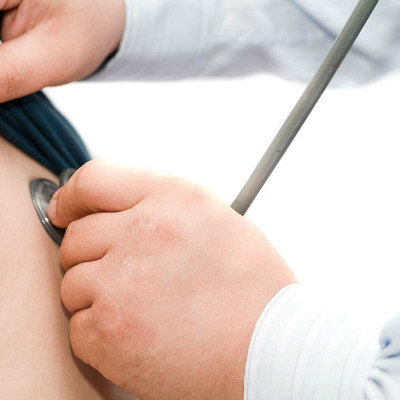
matters needing attention
Patients should place a wedge-shaped lining on the inner side of the shoes or use orthosis to limit internal rotation, so as to avoid running until the pain disappears, while downhill running training should be delayed for several weeks. Popliteal tendinitis is most likely to recur. So, if you haven't achieved this, you have to seize the time to exercise and make yourself healthy.



